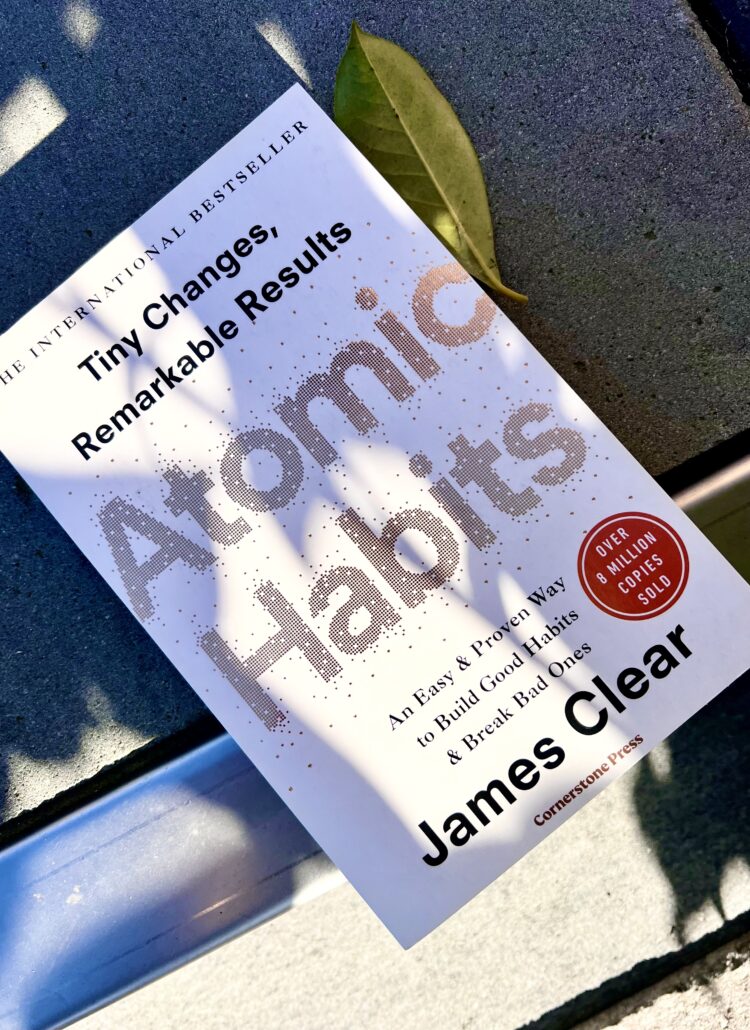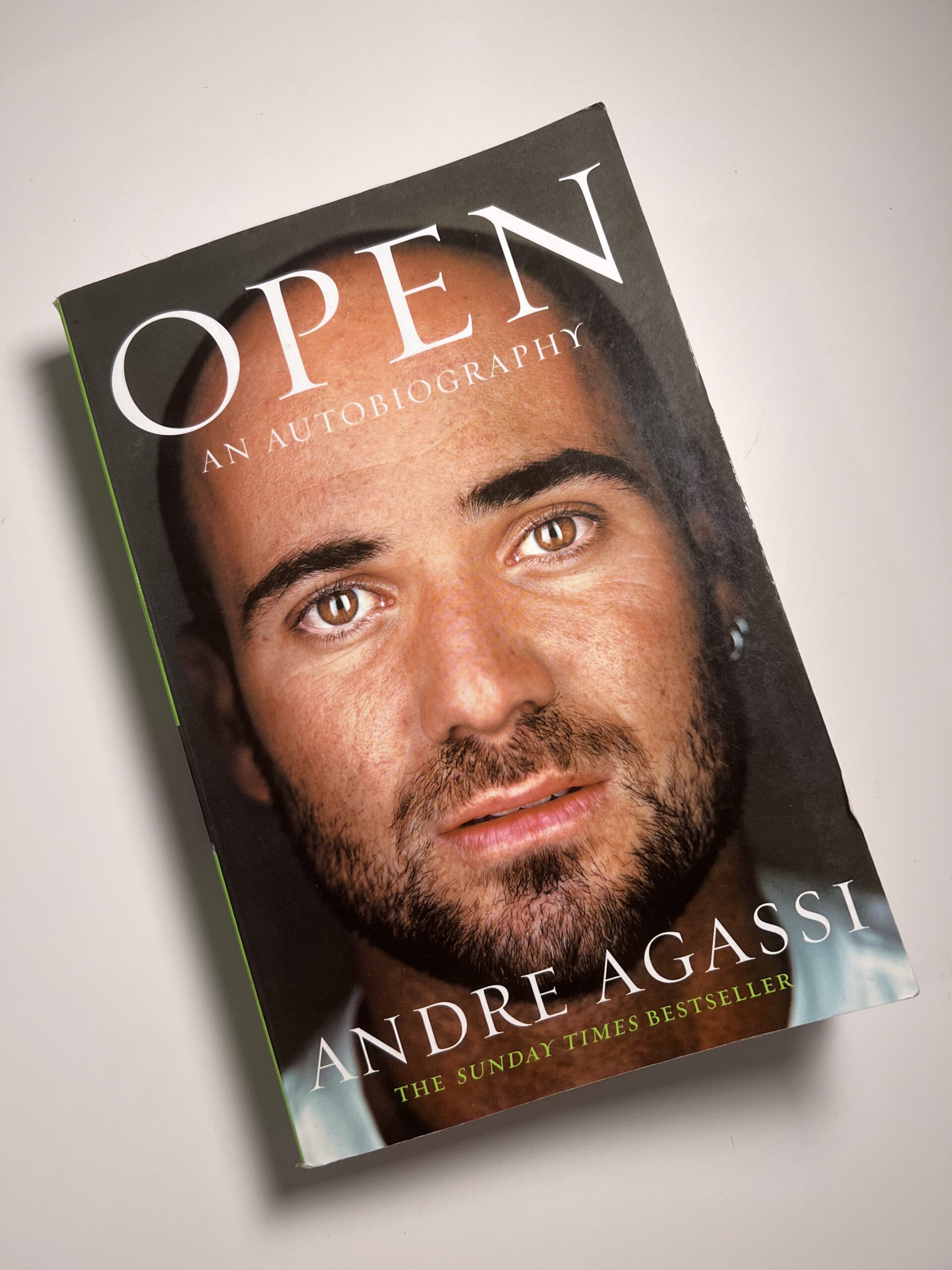I accumulated small but consistent habits that ultimately led to results that were unimaginable when I started.
James Clear
This is the first time I am writing a dedicated post about one book. I’ve read more than a few books that I can go on and on about. Somehow I’ve kept that limited to my limited friend circle. 

About the Author
James Clear is a motivational speaker and this is his first book. Let me start by saying it’s no coincidence that it’s #1 New York Times best seller. He talks about his story in the beginning of the book that became the foundation of the principles and framework that he proposes in his book. He started writing on Jamesclear.com in 2012 and his focus has been habits, decisions and continuous improvement. James Clear has been an athlete, a weightlifter and a baseball player.
Star rating
I give this book 4 stars. That’s pretty impressive in my book.
Summary
As it’s clear from the name, Atomic Habits offers a framework and techniques to help you form good habits and get rid of bad ones. James Clear starts with his story as a foundation and what he learned from his life to come up with four laws to form good habits. He provides scientific evidence as well as examples from his life and from others that make his recommendations relatable and realistic to follow. Even though this book falls under the self-help book genre (Not my favourite) it delivers its promise of being impactful and relevant in today’s world.
My evaluation
What I like about the book
- Real life examples – The best thing I like about the book is the examples shared both in quantity and quality. Including from the author’s own life as well as many others. It’s these examples that give you that aha moment as you are reading the book. I can guarantee that everyone will find at least a few examples that they can relate with. Almost each chapter of the book starts with a real life story or an experiment resulting in an evidence, a pattern or something meaningful that makes you go oh! It not only helps you understand, but also give hope and a way out to those who are struggling to form or break a habit. I am tempted to quote the examples from the book, however I won’t like to add spoilers here. Hence I’d say why don’t you go and find out.
- Tiny changes, remarkable results – You will see this on the cover of the page. What this book emphasis on is what is essentially a habit? It’s what you do repeatedly. What you do repeatedly has a major impact on our life and even though slow, it’s important to monitor the process and consciously pay attention to it. Now this is not something new. We’ve been hearing this from our parents and they from their parents. What this book does is again keeps giving you evidence and patterns of these examples from all walks of life. Sooner or later you would want to pay attention to it.
- Simplified framework – The last thing I’d like to mention here is how the author has sorted all his learning and research into a simplified, easy to follow framework. He calls them 4 laws that sound easy enough to remember. When you get into the details they show how to make that happen and again examples of how it has been done in different fields.
What I did not like about the book
Yes, so far I’ve been raving about the book and I do stand by those statements. There’s one thing that rather put me off though. The way he has made little of some other books and methodologies. It’s a self-help book and with plenty of great advice. It still is a personal choice and what might work for one might not work for another. Eluding in any way that other methods don’t work isn’t the best approach in my book. 
Final thoughts
Overall, I’d day, this book is about helping those who struggle with forming or getting rid of habits. It hits nail on the head. One of the best books, an easy read yet very practical and useful. Read it now if you haven’t already.
Until next week. Ciao!





